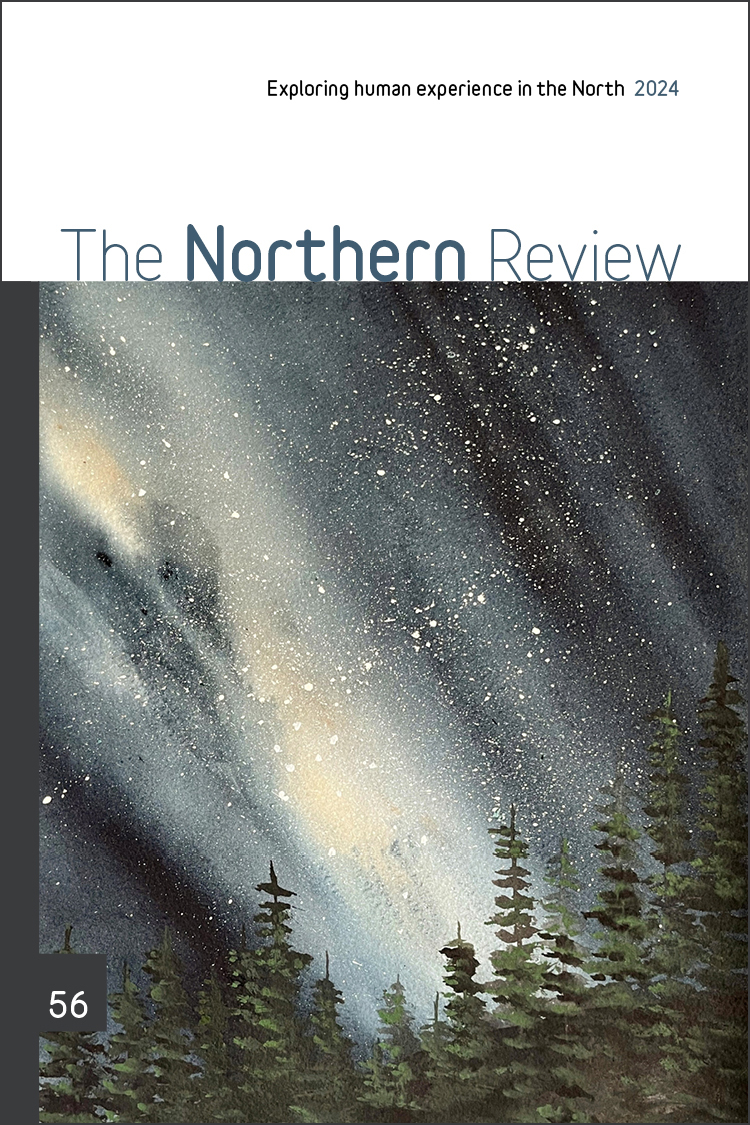Breaking New Trail? First Nations and Municipal Government Cooperation in Rural Yukon
DOI:
https://doi.org/10.22584/nr56.2024.007Keywords:
Inter-Organization Collaboration, First Nations Government, Yukon, Community Development, Rural StudiesAbstract
Rural communities in the Yukon tend to be very small, most with fewer than 1,000 people, with mixed Indigenous and non-Indigenous populations. Although small, these communities face economic, social, and environmental issues similar to larger centres. These problems are complex and require a collective response from multiple governments or organizations. This research project explored the factors of inter-organizational collaboration and examined the status of cooperation between Self-Governing First Nations (SGFNs) and municipalities in rural Yukon in order to understand the factors that strengthen collaborative processes and any barriers to these processes. The project involved interviews with six key informants who are, or were, directly involved with a municipality, territorial government, or an SGFN. The research found that while most SGFNs and municipalities engage with each other, the trend is towards minimal cooperation, although relationships are improving slowly. All respondents agreed that SGFNs and municipalities in rural Yukon should collaborate more, for reasons including the need to make the best use of resources and social justice such as reconciliation. Frequently cited barriers to collaboration include a lack of human resource capacity and staff turnover. Other barriers are community histories and Indigenous and non-Indigenous relationships. The enabling factor of common understanding has some unique features in the Yukon. The region is a complex myriad of jurisdictions—territorial, First Nations, and municipal governments—with conflicting, competing, and separate mandates. However, the informants felt that a common understanding for First Nations and municipalities should be working together to benefit their entire communities.
Downloads
Published
Issue
Section
License
Copyright (c) 2024 Gord Curran

This work is licensed under a Creative Commons Attribution 4.0 International License.
Authors who publish with this journal agree to the following terms:
a. Authors retain copyright and grant the journal right of first publication, with the work simultaneously licensed under a Creative Commons License that allows others to share the work with an acknowledgement of the work's authorship and initial publication in this journal.
b. Authors are able to enter into separate, additional contractual arrangements for the non-exclusive distribution of the journal's published version of the work (e.g., post it to an institutional repository or publish it in a book), with an acknowledgement of its initial publication in this journal.
c. The journal has the right to authorize third-party publishers & aggregators to include the Article in databases or other services (EBSCO, Proquest).
d. The journal has the right to share the Article on the Internet, through social media and other means.


